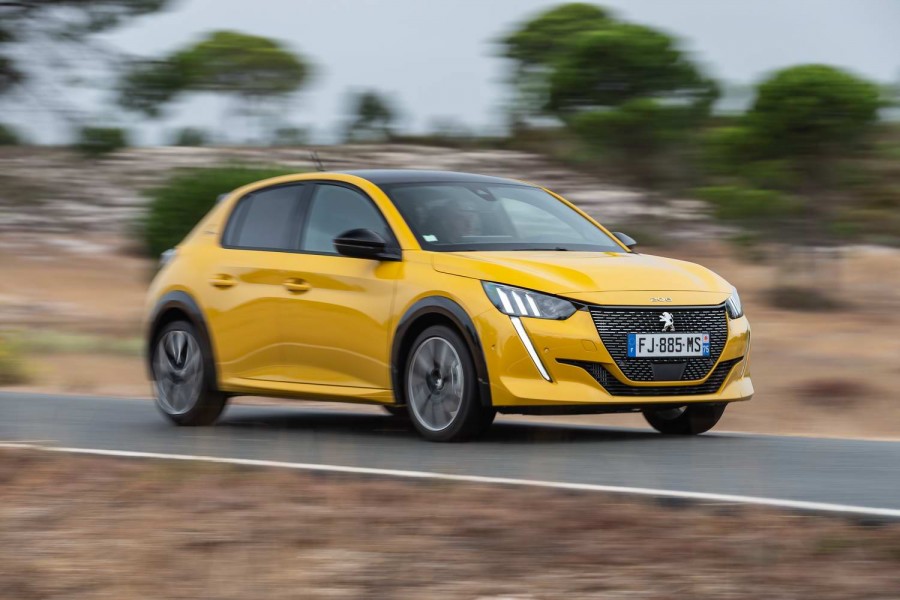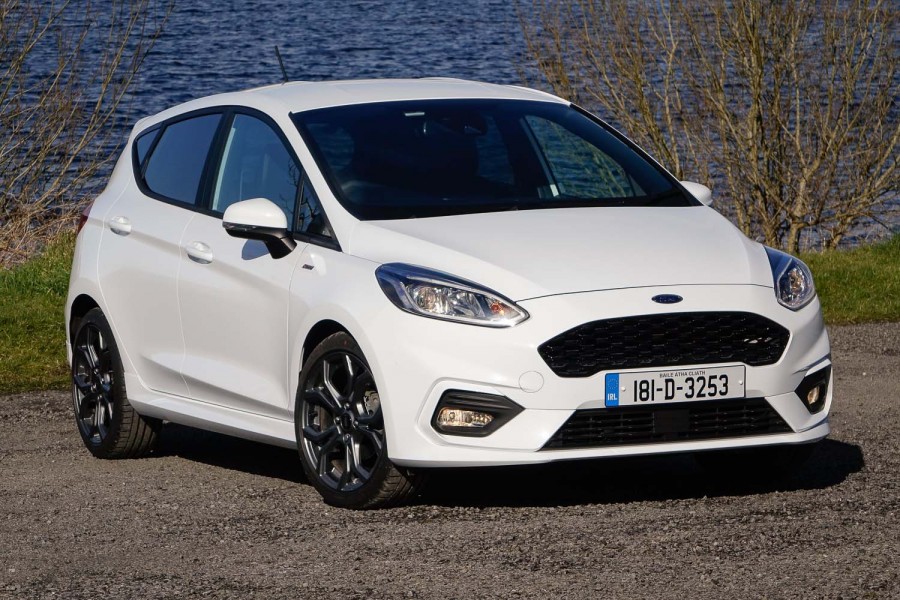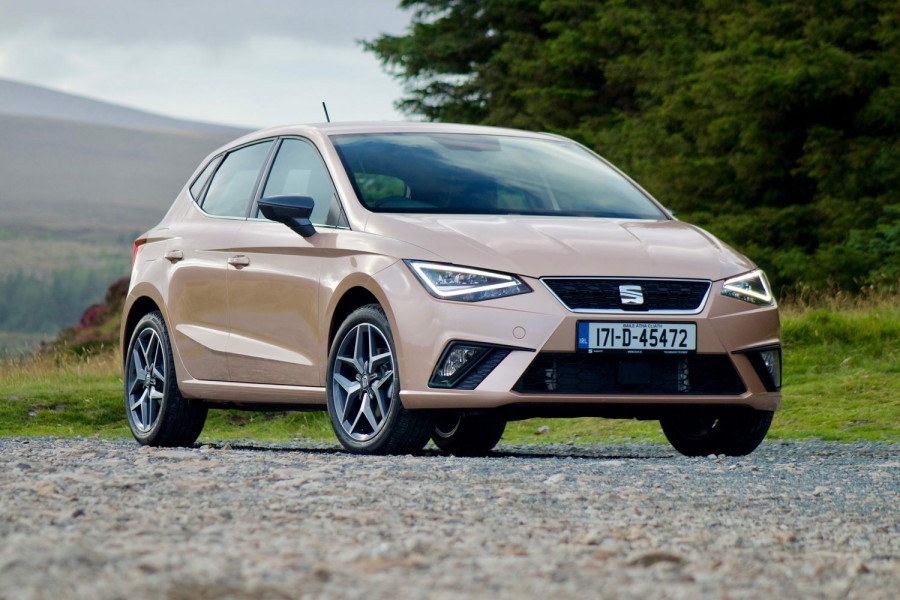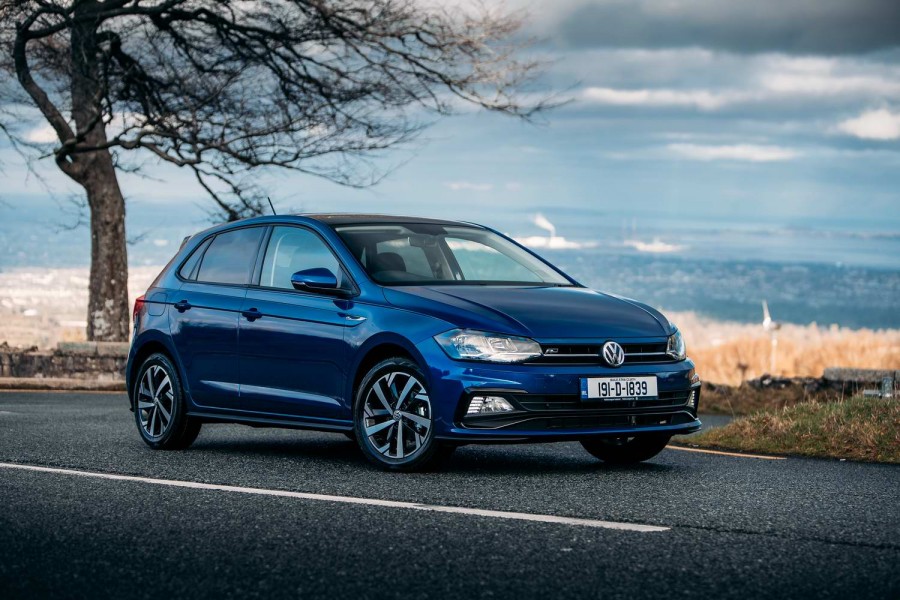Peugeot's all-new 208 is going to win a lot of friends and influence people on the strength of its superstar looks and quality cabin alone. But how does the expected big-selling 100hp petrol model drive? Can it back up the show with some serious go?
In the metal
What a glorious-looking car this new Peugeot 208 is. It takes up the baton from the larger 508 and runs with it; runs with it at a pace that would trouble Usain Bolt, in fact. Crisp lines, great features, perfect proportions - it's a corker. And there's nothing in this class to beat it. SEAT Ibiza? Close, but no. Ford Fiesta? Afraid not. Volkswagen Polo? Only if you're the sort of person who would prefer to watch a wall of magnolia emulsion dry, rather than considering the minutiae and splendour of a Renoir. Ineffably, the 208 is the aesthetic leader in this class. And by some distance, as well.
This is carried over into a wonderful cabin, where the i-Cockpit now gets upgraded to a most splendid 3D digital display - this is something of a show-stopper. But even on the plainest models, which go back to the analogue dials with the 'reversed' rev counter as seen in Peugeots of recent history, it's still a layout and ambience that feels at the top of the class. Save for some scratchy plastics right down in the lower reaches of the cabin and just one or two slivers of questionable trim higher up, this is a quality place to be. As long as you're sitting in the front. Those in the back are going to have relatively limited kneeroom as this class of car goes, although at least the 208's big rear windows don't make it claustrophobic and dark in the cheap seats. The boot's decent, too, with 311 litres available with all seats in place and up to 1,106 litres with the second row of chairs folded away.
Driving it
Peugeot's launch range of motive power for the 208 is mainly petrol: there are 75-, 102- and 130hp versions of the 1.2-litre, three-cylinder PureTech engine, the first of these being naturally aspirated and the other two turbocharged; then there's a 1.5-litre four-cylinder BlueHDi diesel with 100hp; and finally, there's the e-208 EV that we've already reported on. Both the circa-100hp engines get a six-speed manual gearbox as standard, while the 75hp PureTech has a five-speed item. This mid-range 102hp petrol can also be paired to the EAT8 automatic eight-speed gearbox, which is the only fitment on the 130hp model. The e-208 gets its own reduction gear set-up.
We managed to drive pretty much all of the above at the launch, with the exception of an automatic 102hp PureTech, and our conclusion is that the petrol models are clearly the ones to go with - and, of those, it's no surprise this middle model is going to be the likely top-seller. It offers a great balance between the (admittedly entertaining, in its own way) hard work of rowing the 75hp 208 along at a decent speed, and the likely expense of the 130hp model, which is a decent warm hatch to take on the likes of the Suzuki Swift Sport, Opel Corsa GSi and Ford Fiesta ST-Line with the 140hp EcoBoost engine.
The 102hp model is more than quick enough for everyday needs, while the sweet PureTech 1.2 engine is one of the best three-cylinder units of its type. It's smooth from idle to redline, with no vibrations to report anywhere round the tacho, while there's enough lug in high gears and at low revs to make it feel decently flexible; the downsized turbocharging route works exceedingly well here. The ride quality is notably better on the 208s with smaller wheels and the non-GT-Line suspension, while the steering is fine enough in terms of its rate of response. Sadly, this is one of the 208's weaknesses, as it doesn't offer much in the way of feel at all and the weighting is a bit too light in Normal mode, and a bit too artificially heavy in Sport.
Nevertheless, with a slick-shifting six-speed manual - which is, however, controlled by a gear lever-top that's huge and not massively pleasant to hold - and plenty of front-end grip, the 208 PureTech 100 can be hustled along at a fair rate. There's a good level of body control, despite some roll and pitch to inform you of the weight transfer and there's a general sensation of a well-sorted chassis here; just one that has its messages blunted by a lack of seat-of-the-pants feel and the inert steering. Overall, we'd say the 208 was very easy to drive in cities, refined to cruise along in on flowing, open roads and a fair amount of fun on the right twisty routes to make it dynamically competent. And that, you have to say, is a pretty comprehensively positive report card.
What you get for your money
Peugeot Ireland offers the new 208 in Active, Allure, GT Line and GT specifications. The engine options start with, depending on trim level, a 1.2-litre Puretech (petrol, three cylinders, turbocharged in most cases) in 75hp, 100hp or 130hp states of tune. The entry-level 75hp engine is the only one without turbocharging and the only one mated to a five-speed manual gearbox. Buyers of the 130hp engine can choose manual or automatic, while the 130hp unit is always automatic. Pricing starts at €18,300. Impressively, there are petrol, diesel and electric options across the three first levels (the e-208 GT is the only GT model in the range). The only diesel engine is Peugeot's relatively new 1.5-litre BlueHdi unit, producing 100hp and always paired with a manual gearbox. It's priced from €21,750. The e-208, meanwhile, costs from €27,334.
Summary
Half the battle for the Peugeot 208 is already won, because of the way it looks and the way its interior is rendered. Supermini-buyers have a predilection towards things that are nice to behold and the 208 is unequivocally that. Thankfully, in petrol format, it's also pleasant to drive. Its handling is above average, its refinement is good and, if it's priced right, then the 208 goes straight in as one of the best things in this highly competitive class.


















































